Hot Hatch with six cylinders? Even today an enthralling recipe. After all, we are talking about fitting engines already considered large (in capacity) into cars considered (relatively) small.
If today the hot hatch universe is swept up by turbo inline four-cylinder engines (except for two or three cases), in the past there was more and desirable variety. If four-cylinder engines (turbo and atmospheric) remained the most common, there was room — metaphorical and literal — to add more cylinders.
Not only was there a five-cylinder hot hatch in line at Fiat, Ford, Volvo and Audi — the only one that still maintains it today, in the RS 3 —, we also had a hot hatch with more noble V6 and six cylinders in line. Even if the increase in the number of cylinders did not automatically mean the best hot hatch, they continue to be among the most special proposals in this universe. Time to meet them.
Alfa Romeo 147 GTA
We didn't start with 147 GTA because this list is sorted alphabetically — it isn't — but because it's probably the most exciting six-cylinder hot hatch ever. The main “culprit”? His V6 Busso, still considered today as one of the best V6s of all time, stands out for its excellent voice.
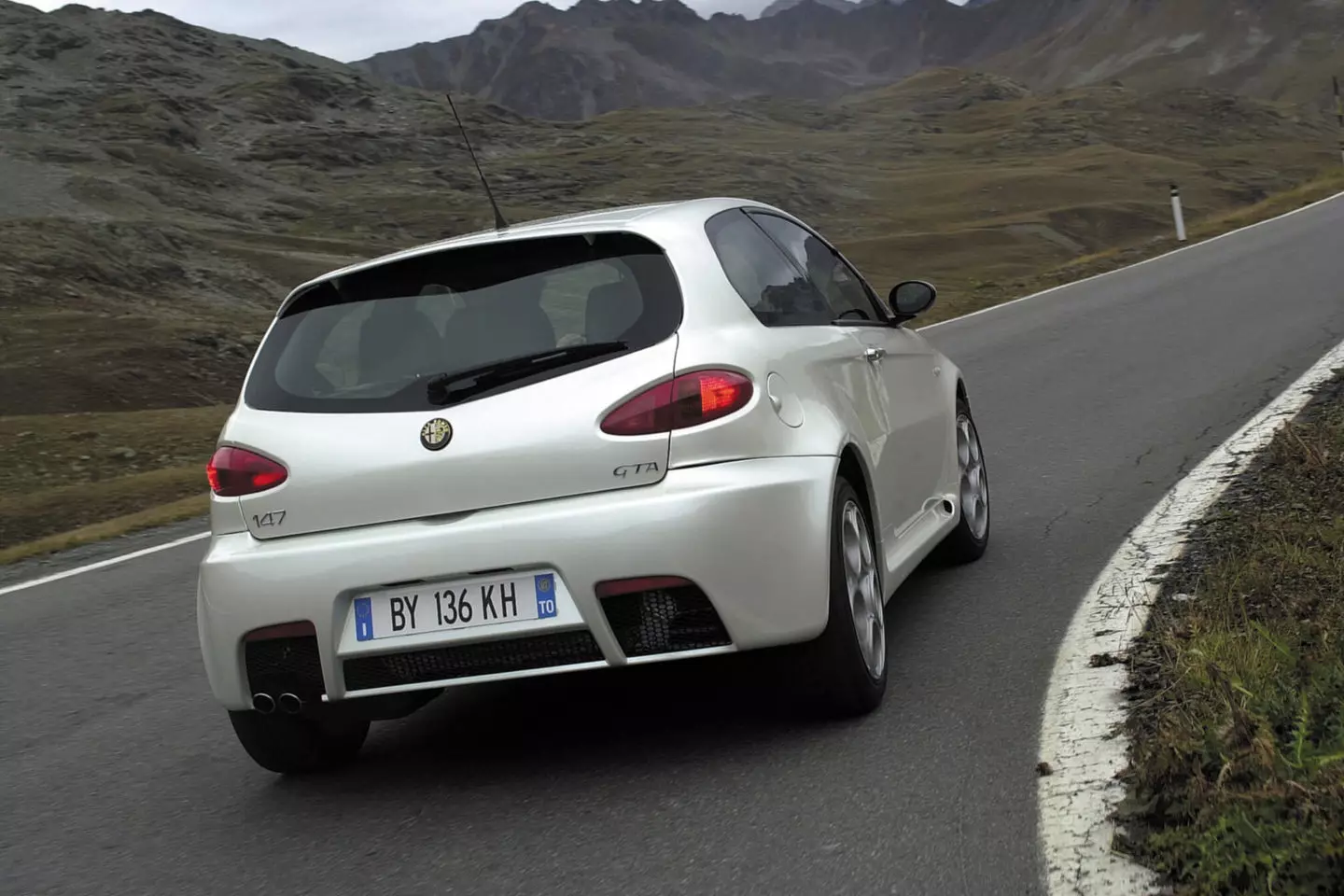
Alfa Romeo 147 GTA
Launched in 2002, the 250 hp extracted from the 3.2 V6 placed it at the top of the category and guaranteed remarkable performance at the time: 0 to 100 km/h in 6.3s and 246 km/h were the numbers. It did not lack strength and the front axle - the only engine - showed some difficulties in putting it all on the asphalt. There's nothing like adding an auto-locking differential to better control the V6's momentum, which many ended up doing.
Volkswagen Golf VR6/Golf R32
After the “crossing in the desert” of the Golf GTI, in the third and fourth generation, there was an option that really pulled for the sporting genes of the German model was missing. The first signs were given in the third generation, with the Golf VR6 (1991-1997).
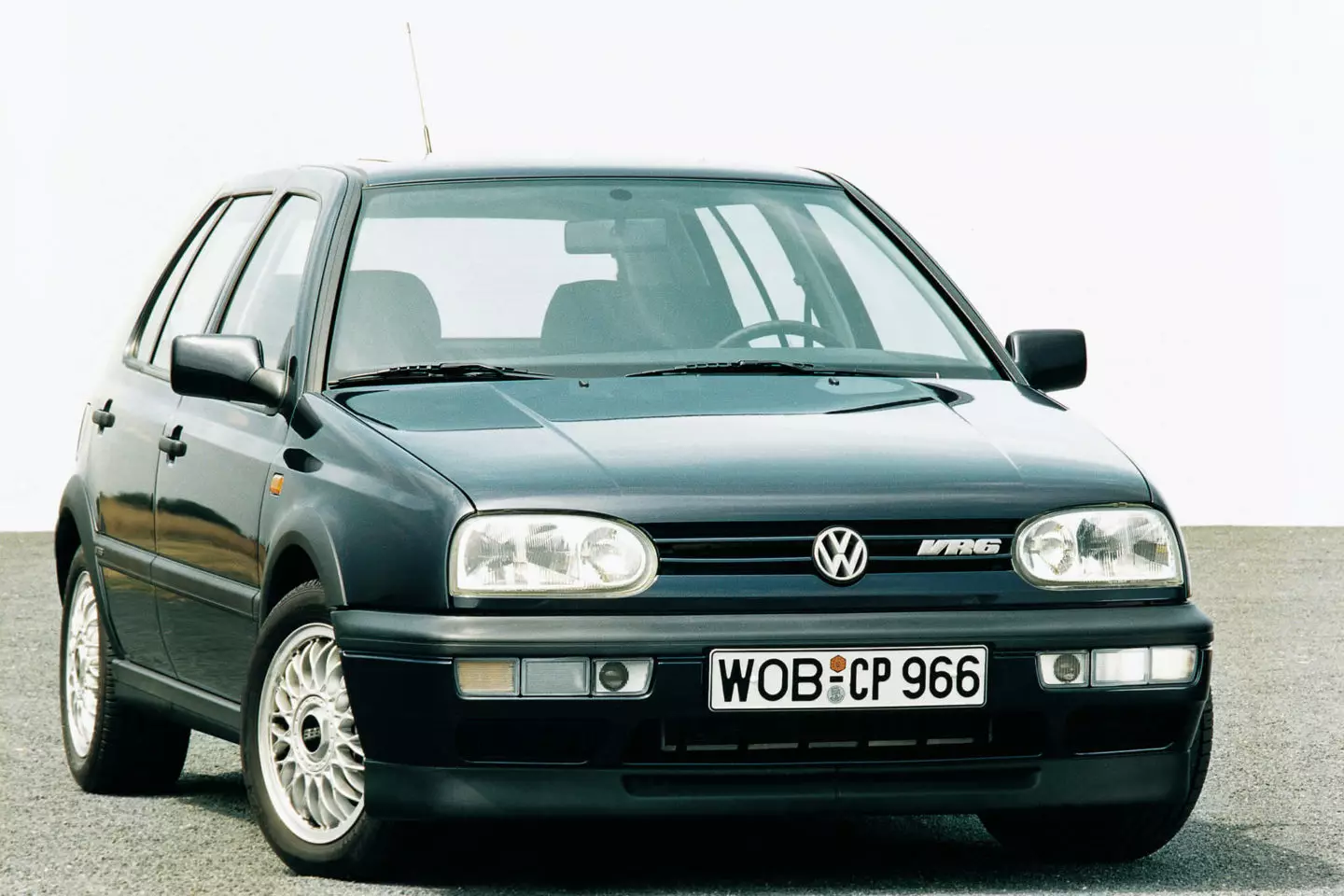
Volkswagen Golf VR6
They were the first Golf with more than four cylinders, giving it a substantial increase in power and performance compared to the GTI of the time: it started with 2.8 l, 174 hp and front-wheel drive and ended its career with 2.9 l. 190 hp and four-wheel drive. However, in the hot hatch universe there was a discreet passage, largely due to phenomenal contemporary machines, such as the Ford Escort RS Cosworth or the Lancia Delta Integrale, which “tore up” in the stages of the world rally.
The notoriety would come with the Golf IV, still considered today as one of the most striking generations of the historic German model — but, once again, the GTI was disappointing. Golf's honor in hot hatch began to be defended by the successor to the VR6, now simply dubbed the V6, which saw the power of the 2.8 rise to 204 hp. But what would come next would definitely put Golf on the enthusiasts' map.
THE Volkswagen Golf R32 , the first of the R lineage born in 2002, was truly something special. The VR6 grew to 3.2 l and power up to 241 hp, making it one of the most powerful hot hatches of the time.
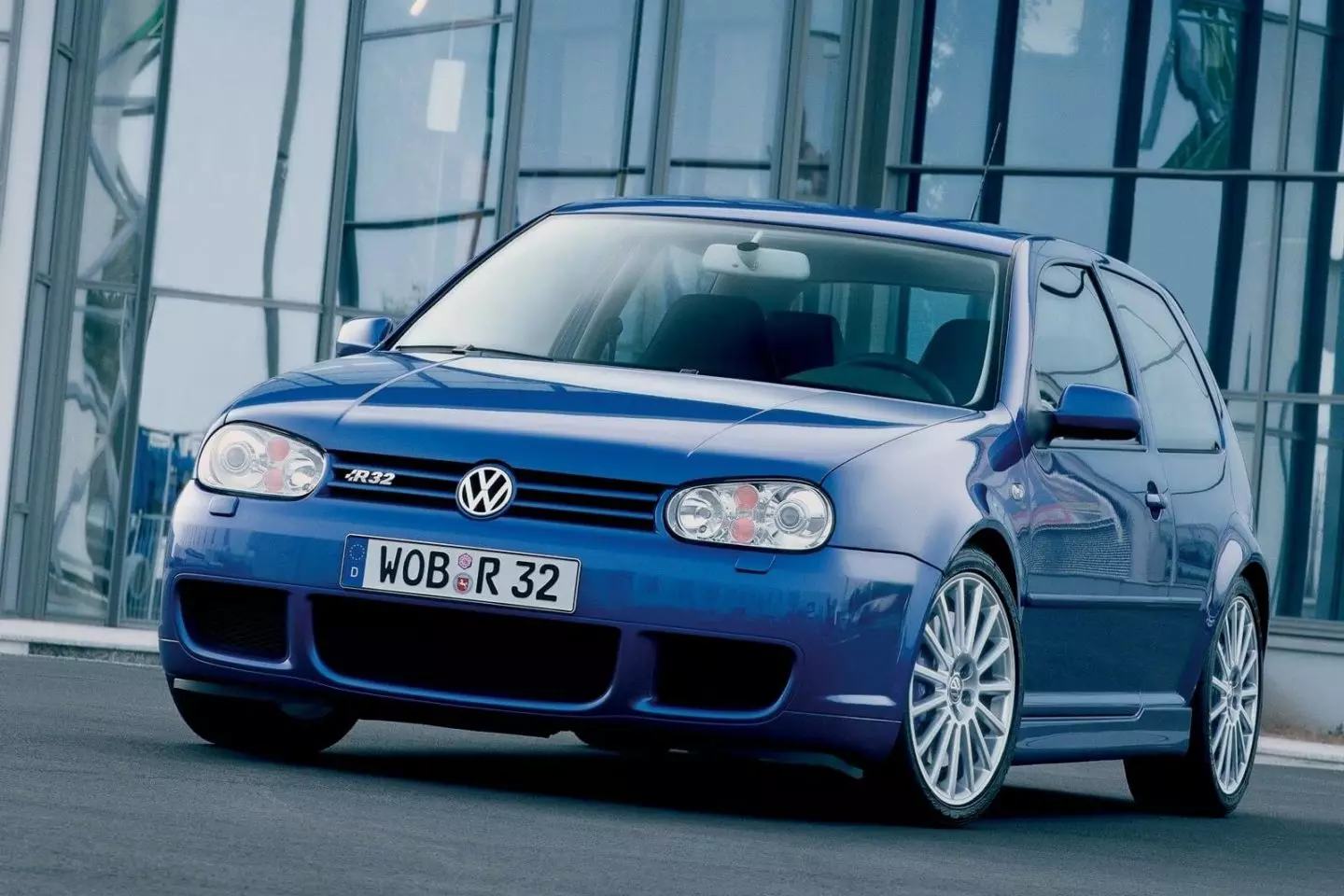
Volkswagen Golf R32
It might not "scream" emotion like the 147 GTA, launched in the same year, but its effectiveness shined more: four-wheel drive (4Motion) and the independent rear suspension gave the Golf the "joy of living" that it had eluded it since the Golf II GTI. It was also the first production car to come equipped with a dual-clutch gearbox, the now ubiquitous DSG, at the time with six speeds, which made it even faster and more efficient: it only took 6.4s to reach 100 km/h.
The Golf R32 would survive another generation. The VR6 maintained its 3.2 l capacity, but power rose to 250 hp. The impact was not that great, largely due to an excellent and refreshed Golf GTI that ended up capturing all the attention. In the next generation, the Golf R would continue, but swap the six-cylinder for a more powerful variant of the GTI's turbocharged 2.0L four-cylinder engine. There was never again a Golf with six cylinders.
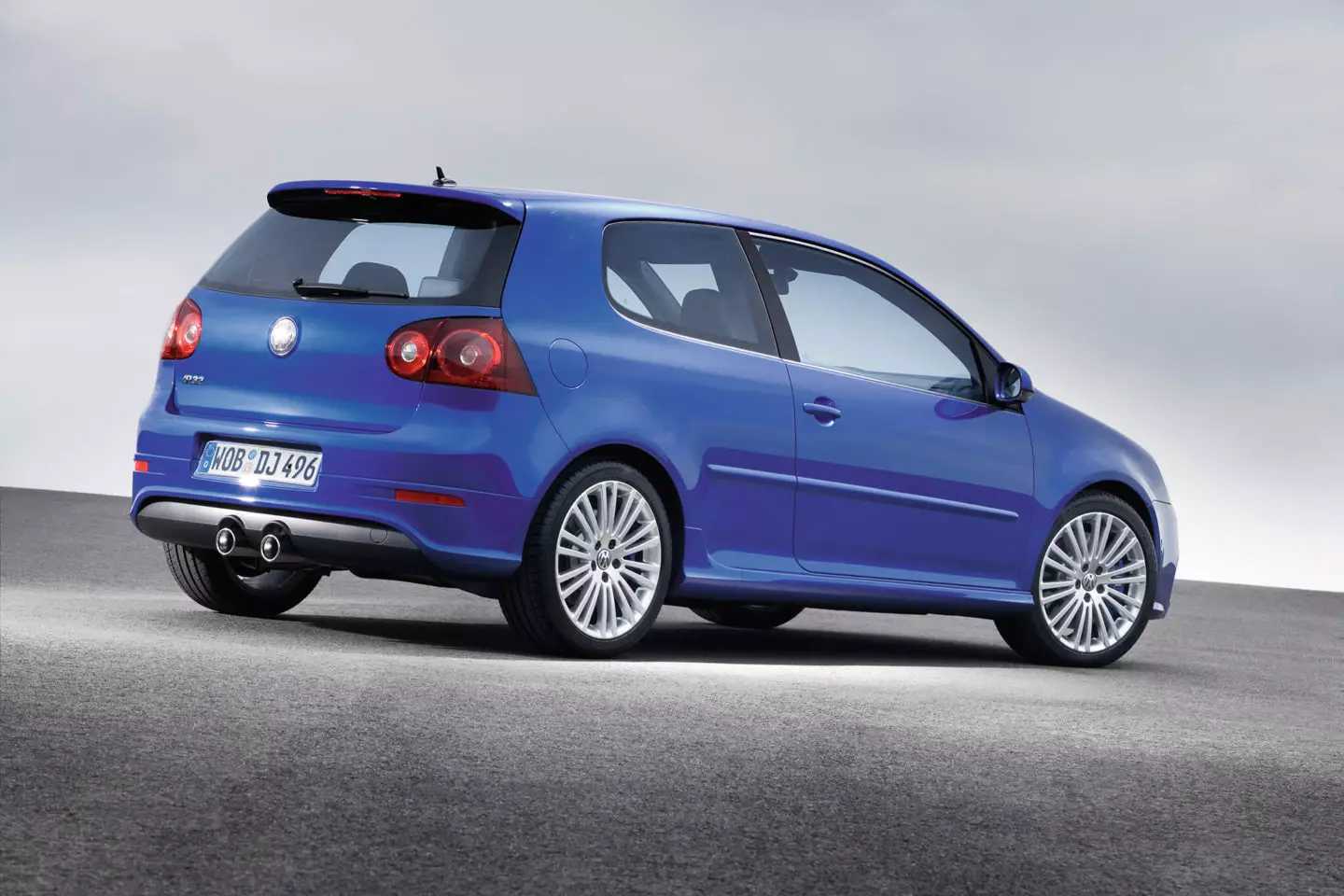
Volkswagen Golf V R32
SEAT Leon CUPRA 4
It would only be natural for the Volkswagen VR6 to reach more brands in the group. Not only did Audi use it, whether in the TT or the A3 — the sporty versions of the model, the S3 and RS 3, never used the VR6 — it also reached SEAT.
The first generation Leon was based on the Golf IV and the VR6 equipped one of several CUPRA versions of the model. In order not to “step on the heels” of the cousin Golf, it was limited to the 2.8 of 204 hp, always with four-wheel drive. It was the only Leon in history to have more than four cylinders, but this hot hatch also ended up being something forgotten in time.
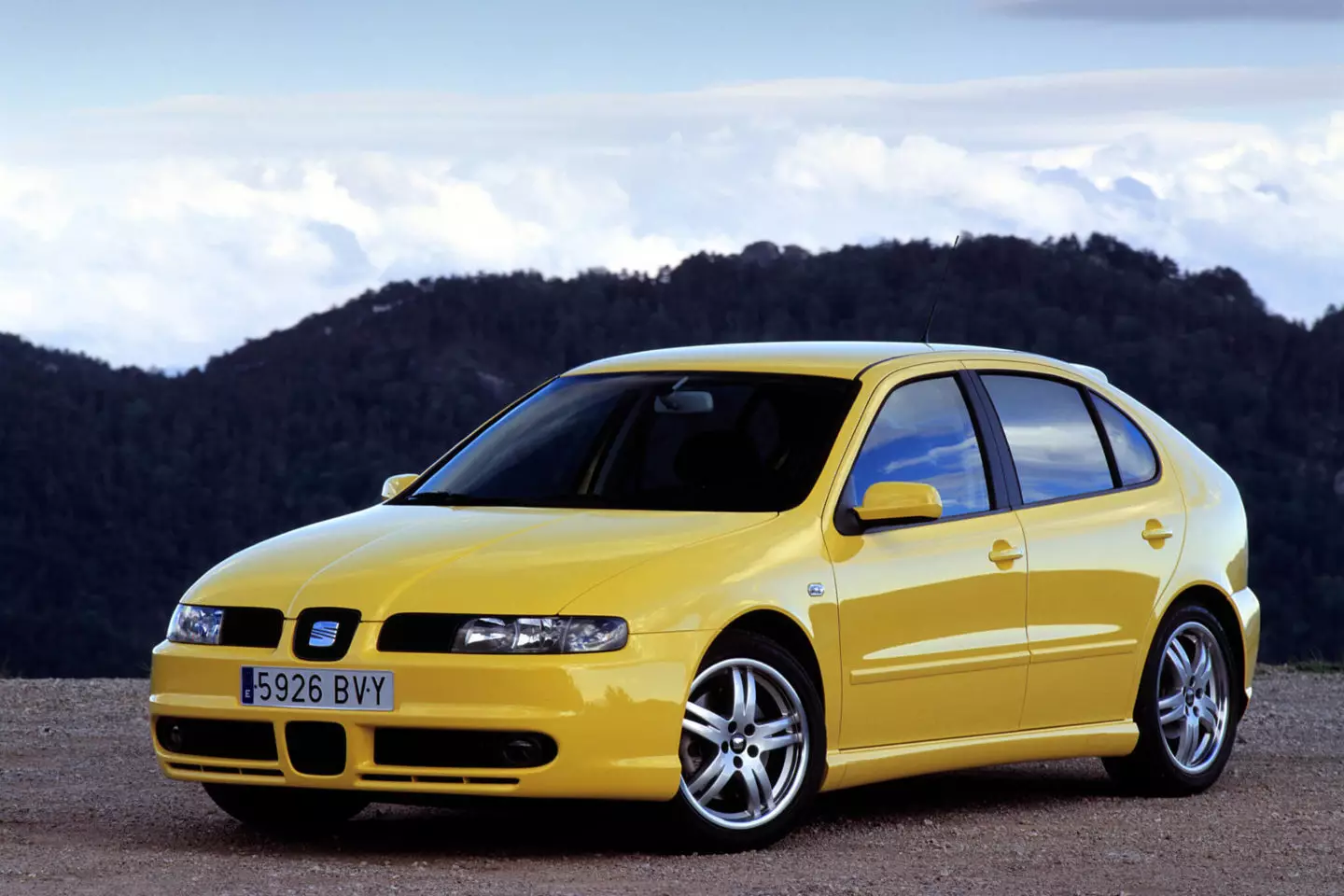
SEAT Leon Cupra
The culprits? The other Leon CUPRA equipped with the four-cylinder 1.8 Turbo arrived a couple of years later. Not only did they outperform the VR6 — first with 210 hp and then with 225 hp — they were also faster, agile and lighter, despite having only two-wheel drive.
BMW 130i/M135i/M140i
The BMW 1 Series, until the arrival of the third and current generation, were a unique proposition in the segment. After all, they were the only ones in the rear-wheel-drive segment, as they shared their platform with the larger 3 Series. And from it came the coveted inline six-cylinder engines, which equipped the more powerful E87 and F20 1 Series variants (first and second generation).
What better recipe could there be for a six-cylinder hot hatch than combining it with rear-wheel drive?
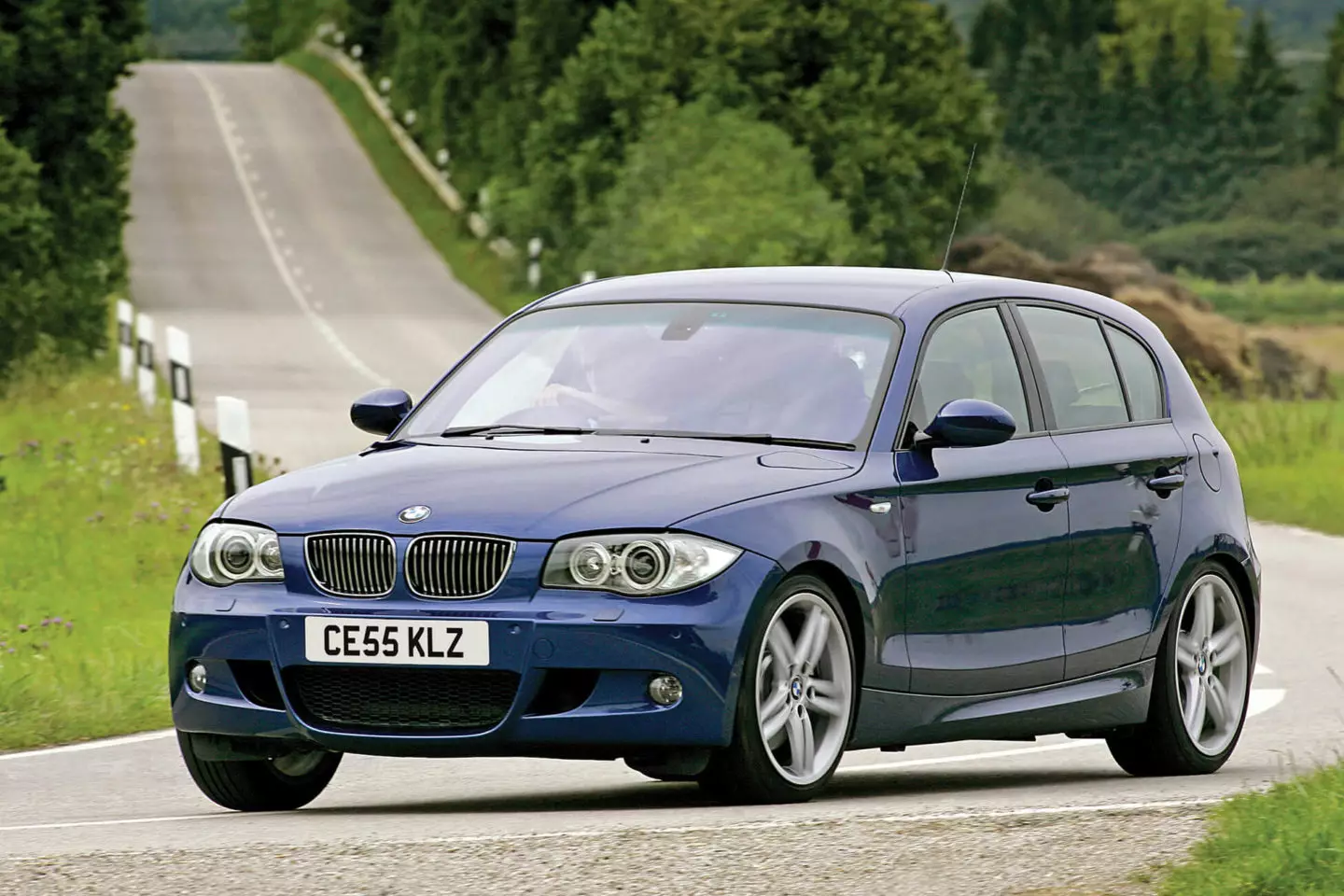
BMW 130i
At the 130i E87 , this translated into an atmospheric 3.0 l with 265 hp and six seconds at 0-100 km/h. Perhaps the hot hatch with the purest architecture of all: six cylinders in a longitudinal line, rear-wheel drive and manual transmission (automatic also available). It wasn't perfect — the rear axle wasn't our best friend in bad weather — but the driving experience was unique in the segment.
Something that continued in the second generation, the F20. Still derived from the same base as the Series 3, the hottest versions of the Series 1 gained the M prefix — M135i and M140i — and the six-cylinder in-line turbocharger. The result was a massive jump in power, first to 326 hp (M135i), with restyling to 340 hp (M140i).
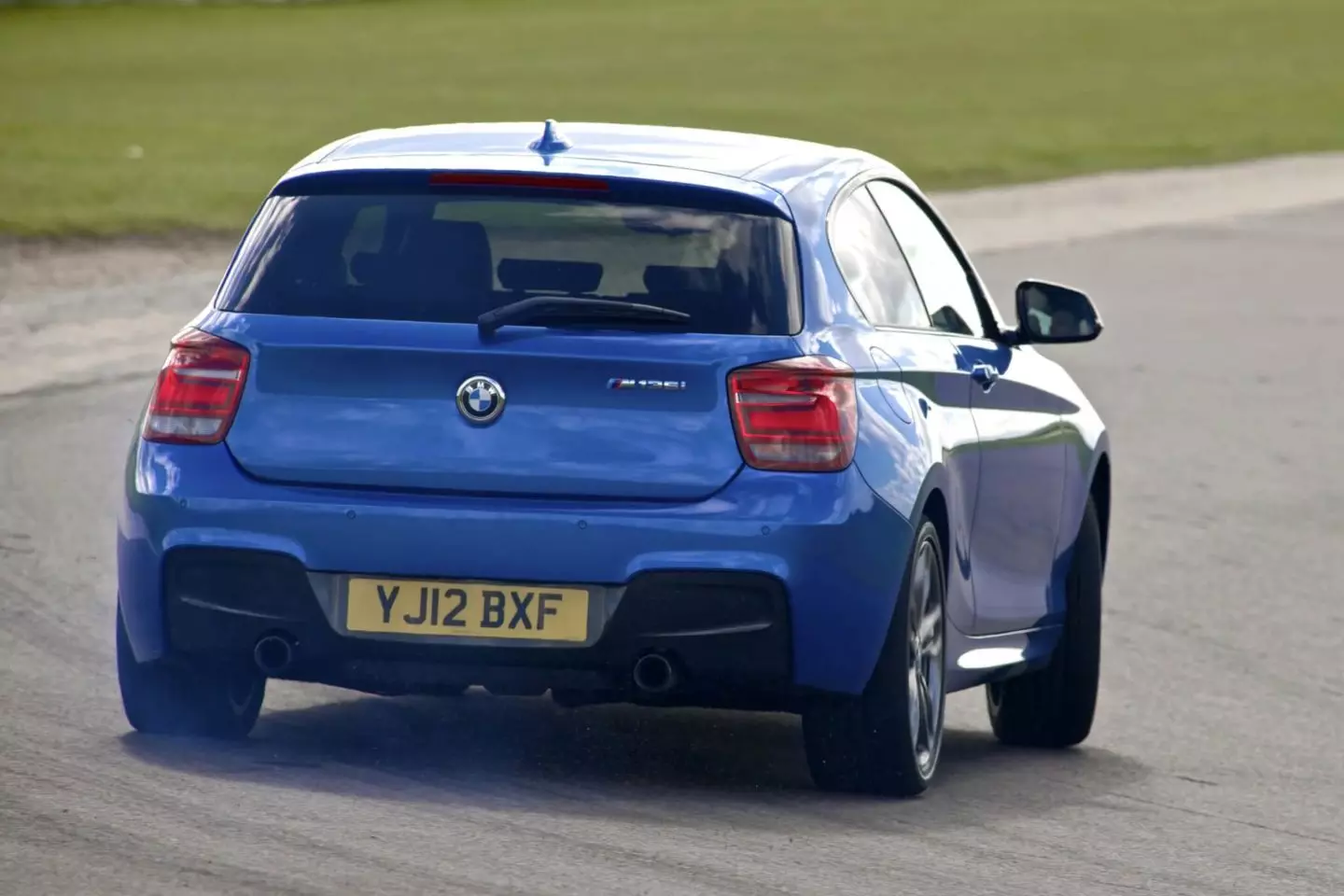
BMW M135i
We could have several options to choose from: rear-wheel drive or four-wheel drive, manual or automatic transmission, but whatever the option, performance was always high, with acceleration up to 100 km/h lowering, for the first time, the mark out of 5.0s.
Volkswagen Beetle RSI
We return to Volkswagen and the VR6, which he found in the Beetle RSI (2001) its most extravagant form. Underneath its evocative and altered bodywork — much wider and note that rear wing —, essentially the Golf R32's mechanics and chassis were hidden. The VR6 in this “super-beetle”, however, was at 224 hp, but the performance was in every way similar to that of the conventional Golf R32.
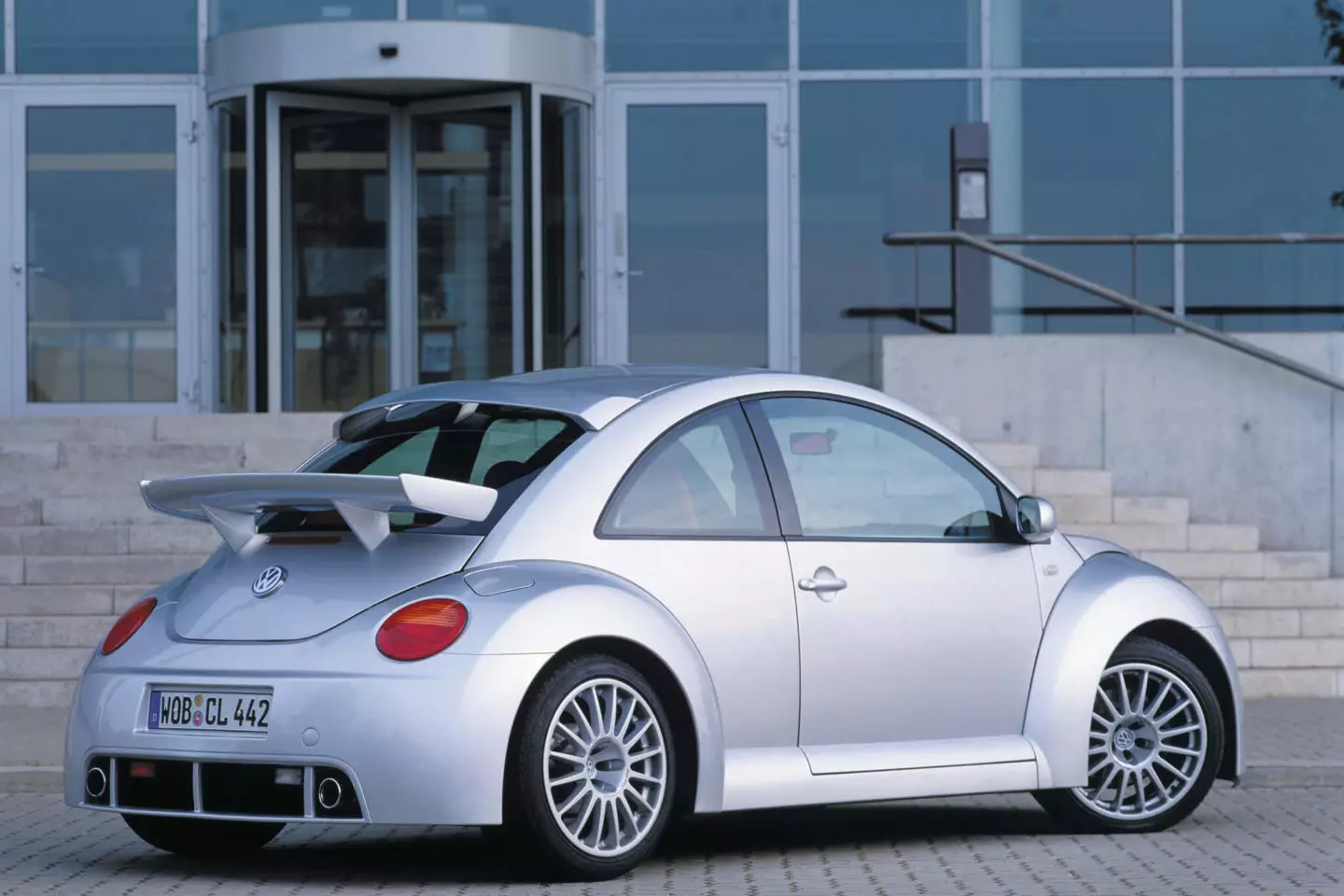
Volkswagen Beetle RSI
This is, from this list, the rarest hot hatch. Only 250 pieces of the Beetle RSI were made — for collectors?
Renault Clio V6
Will we be able to consider the Renault Clio V6 (2001-2005) a real hot hatch? After all, placing a huge V6 behind the front occupants — making it a two-seater — greatly limits the versatility that we associate with this class of vehicles.
However, despite the “behind-the-back” engine, it doesn't differ from the most extreme models of the class, which showed the same allergy to the rear seats: from the Renault Mégane R.S. R26.R to the Volkswagen Golf GTI Clubsport S.
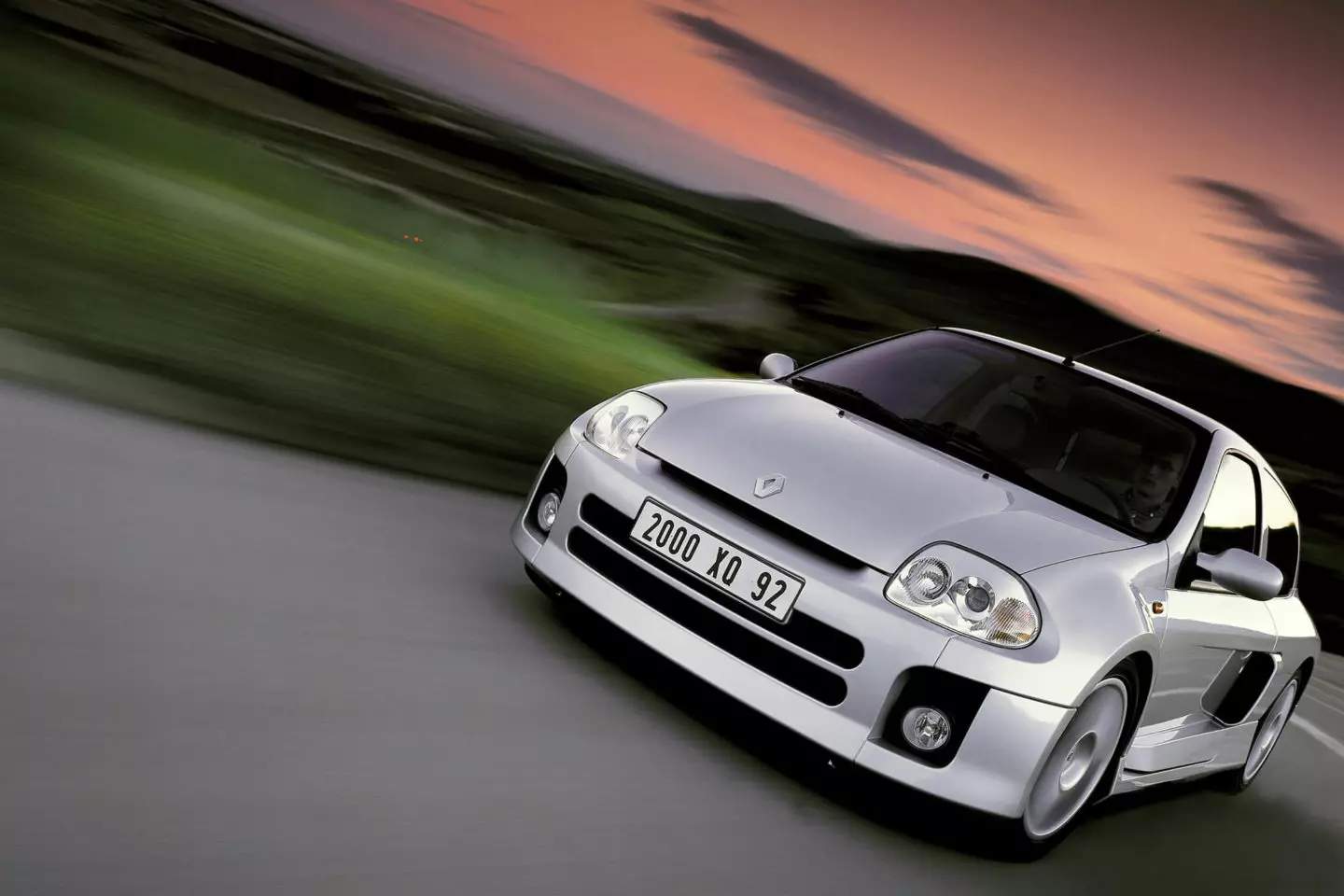
Renault Clio V6 Phase 1
If the Clio II already impressed as R.S., being considered by many one of the best examples of the hot hatch race, this V6 in a central position in the rear and rear wheel drive — evoking the Renault 5 Turbo — added the exotic term to the class.
Behind the back was the 3.0 V6 PRV, first with 230 hp and, taking advantage of the humble Clio's restyling, saw the power rise to 255 hp. The behavior of the first version was considered, to be sympathetic, delicate… In the second version, the dynamic potential of the Clio V6 was duly tuned, gaining efficiency and predictability.
Even today, one of the most fantastic creations by Renault Sport.
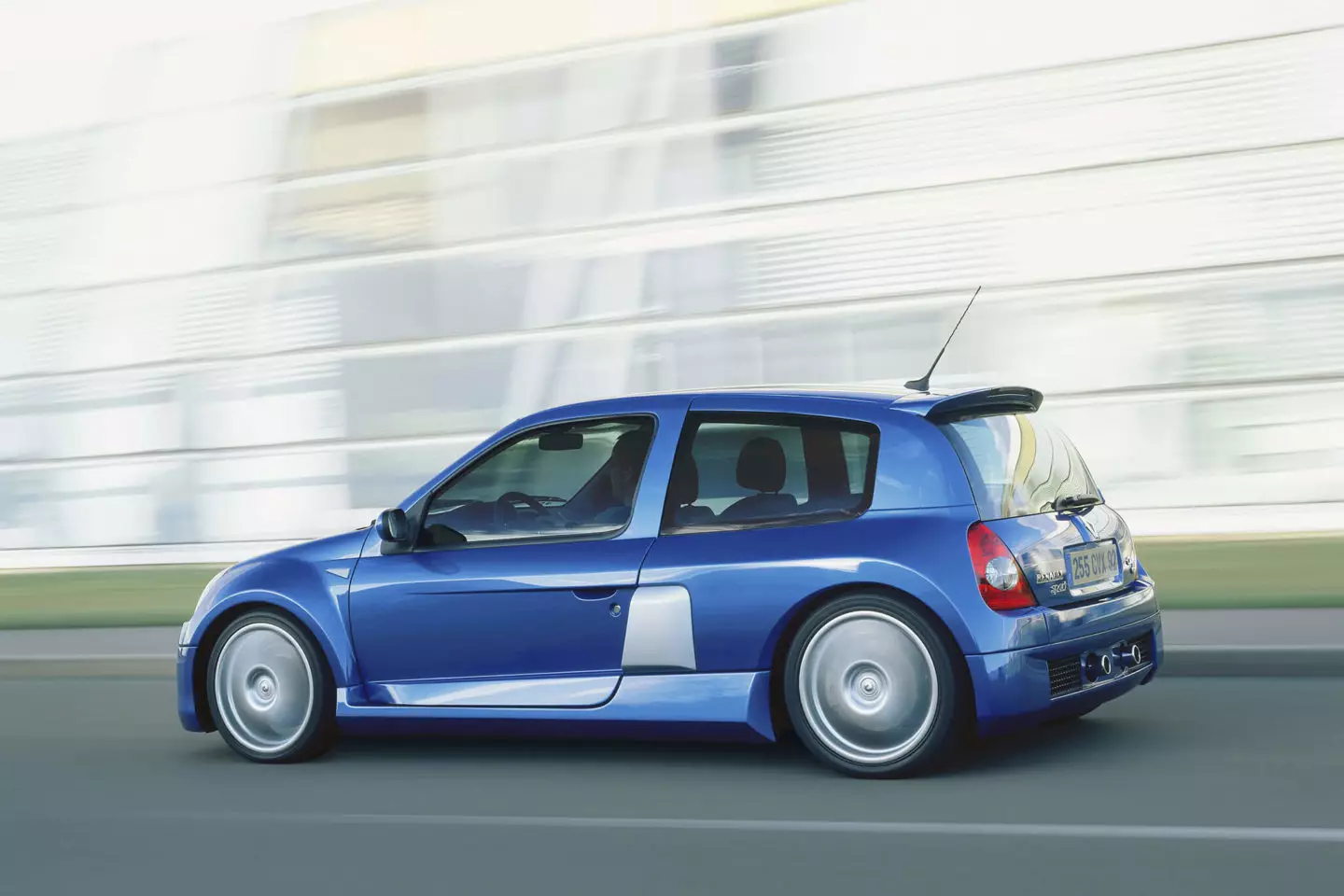
Renault Clio V6 Phase 2
